Space, Place, and APA Guidelines?
Image of a turquoise colored lake
Natural spaces hold “memory”
When we enter into natural spaces, we are initially captivated by visible geological history - crater formations and turquoise blue waters certainly made this lake above feel magical.
A little beyond the material forms, from a post-materialist view we can also sense that spaces hold energy. This may be shaped by things like human and non-human activity and astronomical events, both of which cultivate environments uniquely suited for certain life-forms to evolve and thrive.
When we arrive to new terrain, sometimes we immediately feel at home, like a place to rest our bones, or an unfamiliar yet welcomed nostalgia. Other places, no matter how beautiful, feel eerily uncomfortable as if we’re somehow standing in a place and time against the tides.
How might your environment shape emotional well being? How would you integrate land history and ecology into case conceptualization and therapy, given that contemporary therapy practice has mostly forgotten its significance (Clauss-Ehlers, et. al., 2019)?
APA Multicultural Guidelines executive summary: Ecological approach to context, identity, and intersectionality. Clauss-Ehlers, C. S., Chiriboga, D. A., Hunter, S. J., Roysircar, G., & Tummala-Narra, P. (2019). American Psychologist, 74(2), 232.


